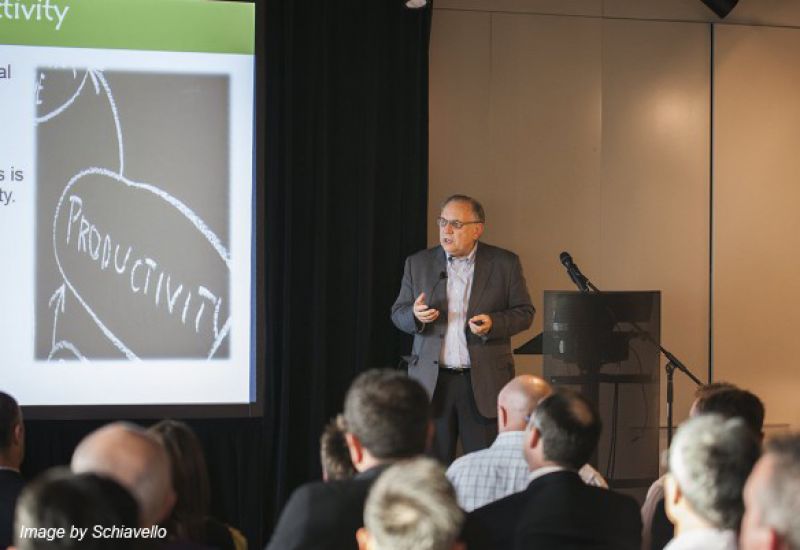Encourage Physical Activity in Ergonomics for Health and Productivity

Technology has made us the most sedentary humans in history and new devices as well as work settings are putting us in postures that compromise our health. One of the most important factors that will provide a high return on the investment in your workplace and people is promoting employee physical health and well-being because of it's direct effect on work performance. The solution is simple to help manage the negative health effects and doesn't come with the price tag of the latest, most advanced "ergonomic" product.
Technology has made us the most sedentary humans in history and new devices as well as work settings are putting us in postures that compromise our health. One of the most important factors that will provide a high return on the investment in your workplace and people is promoting employee physical health and well-being because of it's direct effect on work performance. The solution is simple to help manage the negative health effects and doesn't come with the price tag of the latest, most advanced "ergonomic" product.
Alan Hedge, Professor of Design and Environmental Analysis at Cornell University and president of HumanUse Inc., uses the term "Everyday Ergonomics" to express the need to consider ergonomic factors beyond just our desk. He has completed extensive research on issues of design and workplace ergonomics as they affect health well-being, and performance of workers. We recently attended his presentation on "Design for Productivity" hosted by Schiavello and Humanscale. Simply put, his research shows we need to "get moving" and incorporate more physical activity throughout our workday. A recent study conducted by JAMA, states high volumes of sitting time have possible associations with increased risk of obesity, cardiovascular disease, diabetes, and cancer. It also reduces muscle contractions which help the body's efficiency to clear blood sugar and blood fat levels which cause weight accumulation. Simply exercising at the end of the day helps to burn calories, but it doesn't have the same effect of moving throughout the day.
"Everyday Ergonomics" suggests educating people on the importance of ergonomics to encourage working in a healthy way from various work settings. Hedge recommends not only moving continuously throughout the day, but at least every hour and also standing periodically to optimise work performance. One to two minutes of movement every hour is enough to mitigate the negative effects of prolonged sitting. His research goes on to prove that this behaviour will improve productivity. The average increase in productivity for two minutes of physcial activity each hour is 12%. This translates to an extra 5 minutes of work an hour, therefore having a positive impact on business performance.
Designing a more physically dynamic workplace will encourage people to stand up to walk around. Think of the facility as an entire system and consider how it will be used by people, (not just how it will look). The physical design can also inform key workplace strategies and policies. We have listed a few below to encourage people to stand up and get moving:
- Move shared equipment such as printers, filing systems, etc. to a central location within the workplace.
- Place shared amenities such as Break Rooms and coffee areas in a distant location from main work area.
- Have adjustable sit/stand desks at various locations in the office to allow people to stand to work periodically.
- Encourage "standing" meetings by placing standing height surfaces throughout the workplace. This will also help keep meetings shorter!
- Design buildings with prominent stairs.
- Plan weekly catch up meetings outside. In addition, try walking and talking to stimulate creativity essential for innovation. Hedge uses the Rutherford Laboratory at the University of Cambridge as an example, which is known for the most patents per person ever granted and the most noble prize winners. It facilitates a policy that people must break for lunch to walk and talk to stimulate creative thinking.
(This is your cue to stand up and get moving).


